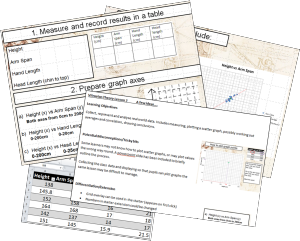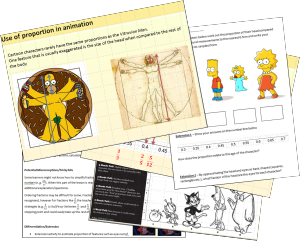A lesson I usually like to start with involves looking at some of the work of artist/mathematician/inventor/astronomer/musician Leonardo da Vinci. In particular, his piece ‘vitruvian man’ offers a way in to start exploring inner mathematics of the human form and links to art and design. Click on the image below to download powerpoint slides that I’ve used previously with mixed ability classes to explore some of the maths behind this piece of art. The last slide should also hopefully link to a TED-ed video (also included below) that the same piece and provides some really nice talking points.
The lesson covers a variety of skills including measurement, ratio and constructions. Feel free to adapt, amend, or build on the materials as you wish, although anything you can feed back would be great! If you want more information on some of the maths and history involved in this piece then I definitely recommend checking out the following websites:
http://www.world-mysteries.com/sci_17_vm.htm
https://sites.google.com/site/davincisvitruvianman/The-ratios-in-the-drawing
As a follow-up lesson I usually like to do a stats investigation to see if the pupils in the class are ‘perfect’ by vitruvian standards. Pupils have to measure things like height and hand length, plot class results and try to draw conclusions. Click the image below for a brief powerpoint as well as teaching notes and an excel file to help quickly plot graphs. Lots more can also be done with this data, I hope to write up some of the projects I’ve worked on with students but in the meantime there’s no shortage of inspiring ideas at census at schools website and data tool.
Another independent or possible subsequent lesson also considers the ideas of human ratio and proportion, but from a different angle. This lesson looks at the underlying rules animators and graphic artists use when creating cartoon characters. Pupils discover some of the tricks used by their favourite cartoons, and may be encouraged to start looking more deeply into similar concepts.



